Are you dealing with a loose door lock cylinder that won’t stay in place? Trying to fix the problem yourself but need help figuring out where to start? With a few simple tools and patience, fixing this issue can be far easier than you might think!
If you’ve noticed that your door lock cylinder is no longer secure, here’s what you’ll need to fix it. Always make sure to wear safety goggles and gloves when handling tools.
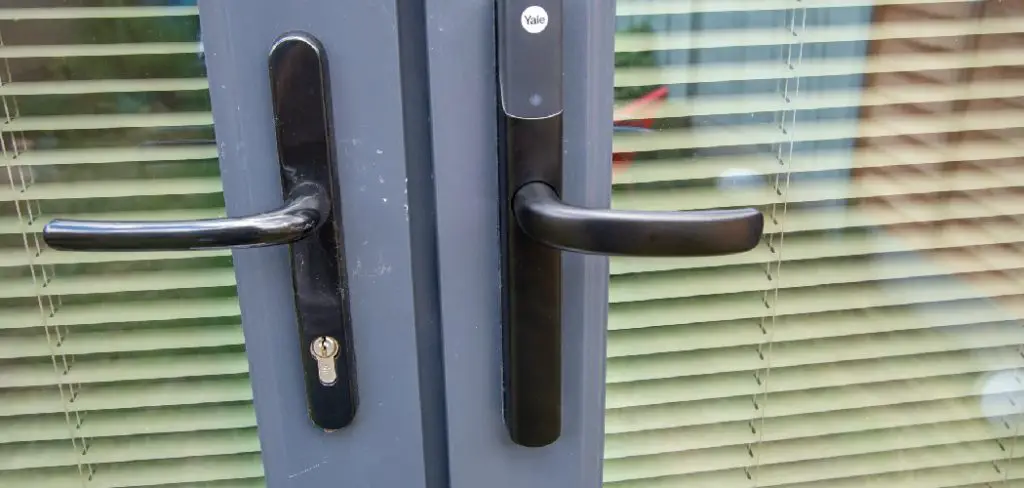
In this blog post, we’ll walk you through step-by-step instructions for how to fix a loose door lock cylinder quickly and easily. We’ll also share tips for prevention strategies so you don’t have to worry about facing the same challenge again. Let’s get started!
What Will You Need?
Before you can start fixing your loose door lock cylinder, there are a few tools and materials that you’ll need to have on hand. Here’s the basic list:
- Screwdriver
- Pliers
- Hammer
- Nail and Anchor (if necessary)
- Safety goggles and gloves
Once you have gathered the necessary tools, it’s time to begin.
8 Easy Steps on How to Fix a Loose Door Lock Cylinder
Step 1: Identify the Problem
The first thing you’ll want to do is identify exactly where the looseness is coming from. Is it the actual cylinder, or is it the assembly that’s causing the problem? Inspect by gently wiggling the lock cylinder.
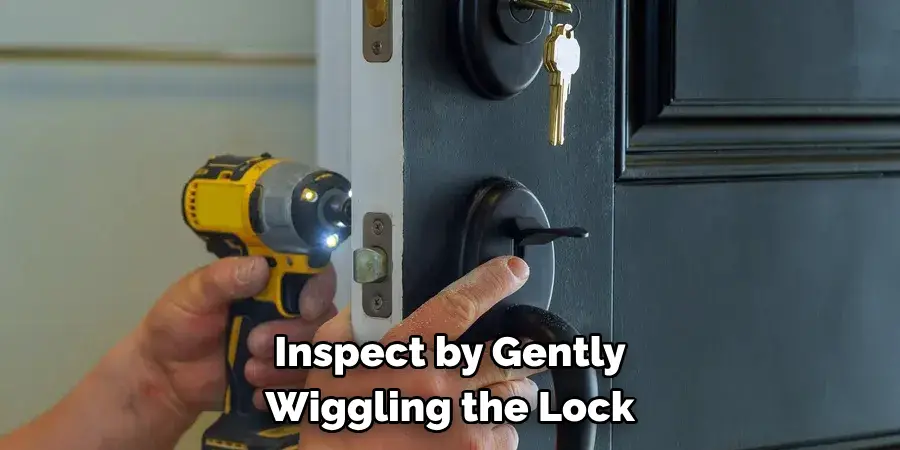
You should be able to feel the cylinder move if it is loose. You’ll notice the entire mechanism is shaky if it’s the assembly. Identifying the problem will help you know exactly what to fix.
Step 2: Remove the Cylinder
Now that you’ve identified the problem with the cylinder, you need to remove it. First, locate the screws that secure the lock cylinder to the door.
These are typically found on the inside of the door. Using your screwdriver, carefully unscrew and remove them. Once the screws are removed, gently pull the cylinder out of the door. Remember to keep all screws and small parts safe so they don’t get lost!
Step 3: Tighten the Cylinder
With the cylinder removed, it’s time to get to the root of the problem. If there’s a screw at the back of the cylinder, check if it’s loose. This screw often becomes loose over time due to regular usage, causing the entire cylinder to become unstable.
If you find it loose, use your screwdriver to tighten it until it’s secure. Do not over-tighten, as it might strip the screw or damage the cylinder. Test the cylinder by gently shaking it to see if there’s still any movement. If it’s now stable, you’ve solved the problem and can move on to the next step.
Step 4: Reinstall the Cylinder
Now that the cylinder is tightened and secure, it’s time to reinstall it into the door. Carefully align the cylinder with the hole in the door. Ensure that the keyhole is in the right orientation for easy access.
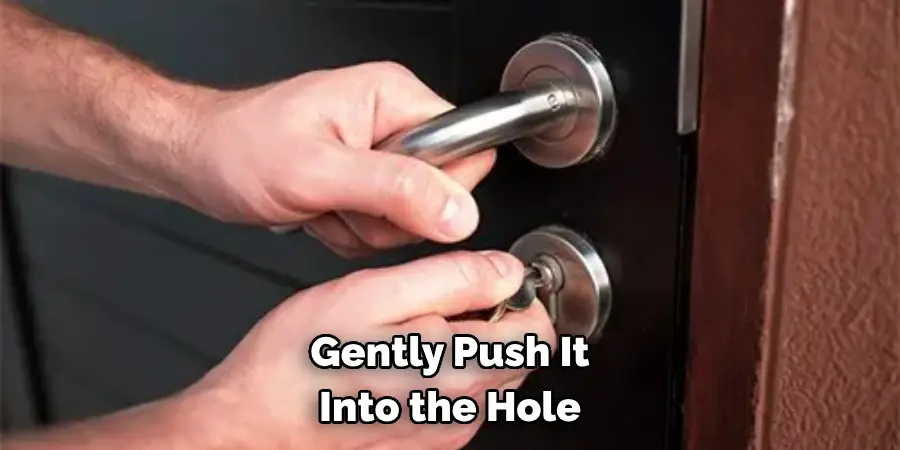
Once it’s in the correct position, gently push it into the hole. When the cylinder is settled, replace the screws you removed earlier. Using your screwdriver, tighten the screws until they are firmly in place. Ensure you do not over-tighten these screws as well to avoid stripping them or causing damage to the door or the cylinder.
Step 5: Test Your Work
After you have reinstalled the cylinder, it’s important to test your work to ensure everything functions as it should. Insert your key into the cylinder and turn it. The cylinder should turn smoothly without any wiggling or resistance.
Try locking and unlocking the door a few times to confirm that the mechanism works smoothly. If the cylinder is still loose, repeat the above steps, ensuring all screws are tight and the cylinder is correctly aligned with the door. If the problem persists, it might be time to seek professional help.
Step 6: Preventing Future Problems
Now that your door lock cylinder is secure and working smoothly, it’s important to take preventative measures to avoid future issues. Regularly check the screws holding the lock cylinder, ensuring they’re tight and secure.
If the cylinder starts to loosen again, repeat the steps outlined above. Regular maintenance can help add longevity to your door lock and prevent recurrent problems. It’s also beneficial to lubricate the cylinder occasionally with a graphite-based lubricant to ensure smooth operation. Always remember, prevention is better than cure!
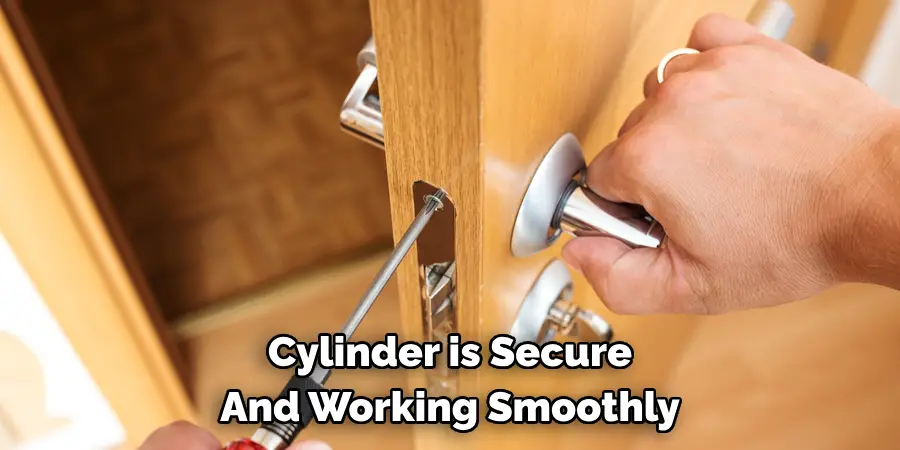
Step 7: Regular Maintenance
For ongoing door lock cylinder health, regular maintenance is key. This step isn’t related to a current problem but it’s an essential practice to prevent future issues. Check your lock cylinder every few months.
Clean the inside of the lock cylinder with a lock cleaner or a quick puff of canned air to remove any dust or debris. This can help keep the internal mechanism functioning smoothly. Lubricate the cylinder with a dry lubricant, which won’t attract dust like oil-based lubricants can. Remember, a regularly serviced door lock cylinder is less likely to encounter issues down the line!
Step 8: Review and Reinforce
Although maintaining your door lock cylinder is important, it’s equally important to ensure the door is in good shape. An unstable or deteriorated door can contribute to issues with your lock cylinder. Regularly inspect your door for signs of damage, such as cracks, warping, or loose hinges.
If you spot any, it might be time for repairs or replacement. Additionally, consider reinforcing your doorjamb and strike plate as an extra measure to secure your door. Adding extra long screws to the strike plate can help secure it to the door, reducing the chance of the cylinder loosening due to an unsafe door.
You can successfully fix a loose door lock cylinder by meticulously following these eight simple steps. Be patient, follow the steps carefully, and be a DIY door lock repair expert in no time!
5 Additional Tips and Tricks
- Make sure the screws holding the lock cylinder into place are tight and secured. If they’re too loose, it may cause a loose fit in the door frame itself.
- Check if the lock cylinder is not aligned properly with the mortise latch or handle. If this is off, it can cause an improper fit and affect functionality.
- If the lock cylinder is too tight in the door frame, you may need to lubricate it with a silicone-based lubricant. This should make turning easier without putting too much pressure on the mechanism.
- Ensure that you don’t overtighten the lock cylinder when you replace or adjust the lock cylinder. This can cause damage to the locking mechanism and cause further issues.
- If you’re still having trouble with the lock cylinder, it may be time to get a professional locksmith to look at it. A qualified technician will be able to identify any underlying problems that may need to be addressed before returning your door to normal functioning condition.
With these tips, you should know how to fix a loose door lock cylinder easily. Take your time and follow the steps carefully to ensure the best results. This article has helped give you insight into how to fix a loose door lock cylinder.
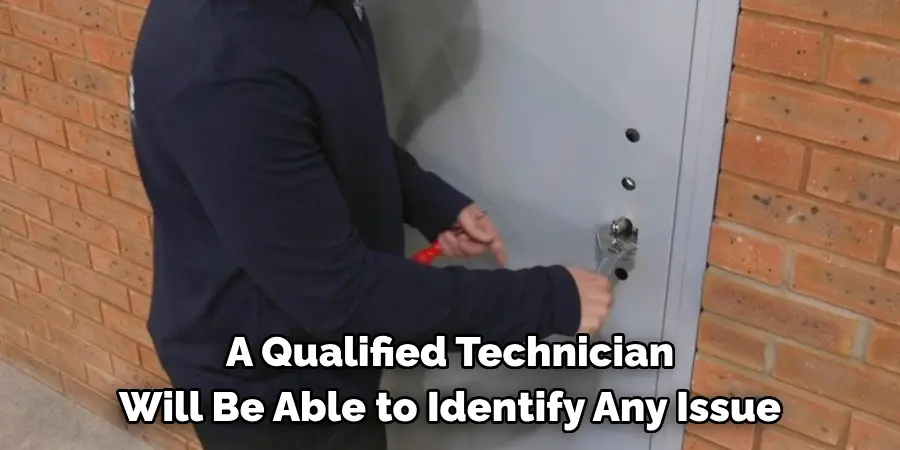
5 Things You Should Avoid
- Don’t force the lock cylinder if it’s stuck. This can cause further damage and might prevent you from unlocking the door.
- Don’t use oil or any other lubricant (besides silicone-based lubricant) to try and make the lock turn smoother. These could damage the mechanism and make it more difficult to unlock later.
- Don’t overtighten the screws holding the lock cylinder in place. This can cause damage to the mechanism itself and might prevent you from unlocking the door.
- Don’t try to force or jam a key into a stuck lock cylinder. This could break off key pieces, making them impossible to remove without damaging the lock cylinder itself.
- Don’t use any tools to try and pry open a stuck lock cylinder. This could damage the mechanism, making it impossible to unlock.
Following these tips and tricks, you should be able to repair the loose door lock cylinder without calling a professional locksmith. Just remember to take your time and go step-by-step for the best results!
Conclusion
Fixing a loose door lock cylinder seem daunting at first, but anyone can do it with the right tools and patience. Not only will you save yourself from the costly repair fees of getting an expert or locksmith to do it for you, but you’ll also gain some satisfaction knowing that you could fix it yourself.
Remember to take time with each step and double-check all connections and materials before attempting the full installation. With these tips and practices in mind, whether your locking mechanism needs a simple tightening or replacement of components, there should be no hassle in getting your door lock cylinder fixed up properly.
Hopefully, the article on how to fix a loose door lock cylinder has helped give you the knowledge to do it yourself. Good luck with your repair project!
